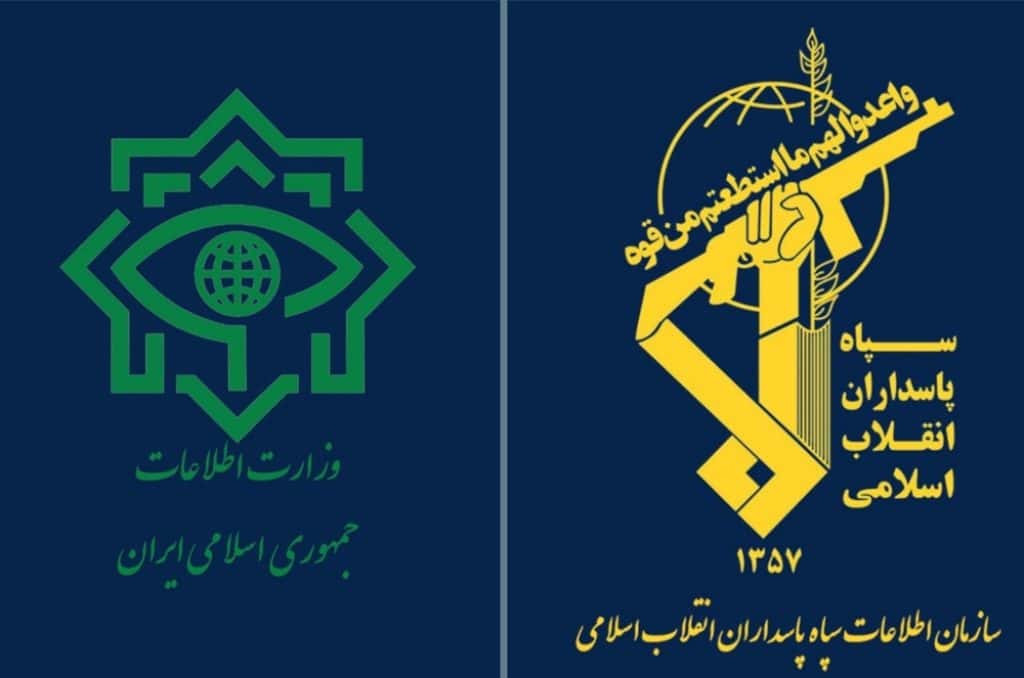
In response to the assassination of former Hamas Political Chief Ismail Haniyeh in Tehran on July 31, the Islamic Republic has arrested over 20 senior intelligence officers and military officials, as well as staff workers at the military-run guesthouse, The New York Times reported on August 4. A day prior, The Independent Persian claimed that some 40 members of the Islamic Revolutionary Guard Corps’ (IRGC) Ansar al-Mahdi Protection Unit were arrested shortly after the assassination.
Some reports even claim that officials as high-ranking as Law Enforcement Special Units Commander Hassan Karami were also arrested in the raids. The regime was quick to address any allegations related to the mass arrests, and the IRGC-affiliated Tasnim News promptly rejected some claims, stating that Karami was still the commander of the special units.
The Independent Persian and The Telegraph claim that the IRGC’s specialized intelligence unit for espionage has taken over the investigation into Haniyeh’s assassination, with The Independent Persian reporting that the Islamic Republic’s Ministry of Intelligence (MOIS) was not allowed to participate in the ongoing manhunt. If true, this further strengthens existing claims about a rivalry among the regime’s security and intelligence institutions.
The IRGC’s Intelligence Organization and MOIS have a long history of competition to dominate the regime’s security apparatus, whether regarding foreign-sponsored espionage or nationwide protest movements. Iranian civic activists who endured torture at the regime’s secret holding cells have claimed that intelligence officers from IRGC and MOIS competed over which faction would be first to find the “culprit” through violent interrogation that obtained confessions, particularly after incidents associated with the Mossad.
This ongoing rivalry might be the reason behind contradictory reporting on how the assassination unfolded. The New York Times and The Telegraph both cited IRGC officials alleging that a bomb was placed in Haniyeh’s room two to three months in advance and detonated remotely from outside Iran. The Telegraph reporting added that two agents placed explosive devices in three rooms of the IRGC safe house and later snuck out of the country but still had a source in Iran.
The IRGC and Hamas, on the other hand, have publicly stated a different story about how the assassination unfolded. Tasnim News reported on the IRGC’s third official statement on the assassination, where it claimed that Israel, with the help of the US, targeted Haniyeh’s room with a short-range projectile with a 7kg (15lbs) warhead from outside the compound.
Hamas’s representative in Tehran, Khaled Qaddoumi, echoed these remarks and stated that the “damage to the wall and ceiling” made it “evident” that the attack was carried out via a “projectile or missile.” Many other regime-funded outlets covered Qaddoumi’s statement and highlighted that “the purpose behind suggesting that a bomb was placed in the room is to “disclaim Israel’s direct responsibility.”
Israel has not claimed responsibility for the attack. When asked about Haniyeh’s assassination, Israeli Defense Forces (IDF) Spokesman Rear Admiral Daniel Hagari stated that the military did not conduct any additional airstrikes overnight between Tuesday and Wednesday, other than the targeted killing of Hezbollah military chief Fuad Shukr in Beirut.
This discrepancy in reporting indicates that various parties, such as IRGC Intelligence, IRGC Ansar Al-Mahdi, MOIS, etc., are intentionally crafting differing narratives to deflect blame and avoid being seen as incompetent.
Given that the assassination occurred within an IRGC-controlled compound, the security breach likely originated within the IRGC rather than other intelligence factions. It would also make sense for the IRGC to exclude MOIS from the investigation to protect its reputation.
Amid internal chaos, miscommunication, and a lack of unified messaging, the IRGC has adopted the ‘projectile attack’ narrative. This approach suggests that the strike came from an external source, implying a lesser security failure than an internal breach. The notion that multiple rooms were rigged with remote-controlled explosives is far more humiliating for the IRGC than an external missile hitting what was considered a “safe zone.”







